The Role of RNA-Binding Proteins in Maintaining Cell Identity and Shaping Stress Responses
- teamrna
- Mar 12
- 2 min read
The human body is full of specialised cells, each with unique patterns of gene expression that allow them to accomplish unique functions. Improper control of cellular identity is known to contribute towards the disease pathogenesis, and a better understanding of the specific gene networks that maintain cellular functionality would be invaluable for the development of a wide variety of diseases.
RNA-binding proteins play an essential role in influencing how genes are expressed, from the transcription and splicing of RNAs, to their transport, stability, degradation and translation. Thus, this class of proteins is very important in controlling the transcriptional programme, and subsequently the functionality, of cells.
This project aims to characterise how certain RNA-binding proteins and their isoforms maintain cellular identity and function, and how these processes go awry in endocrine disorders such as diabetes mellitus. In our previously published work, we identified that RNA-binding proteins regulate pancreatic beta-cell identity in response to cellular stressors. With a specific focus on pancreatic endocrine and retinal epithelial cells, this project expands on our previous work by assessing how manipulating the expression or splicing of RNA-binding proteins affects islet hormone production (e.g., Insulin and Somatostatin) and the structure of epithelial barriers in the retina, which is disrupted in diabetic retinopathy. To study the molecular mechanisms underlying these changes, we use long-read RNA-sequencing techniques to profile the transcriptome and implement a variety of RNA/protein complex capture methods (e.g., iCLIP, Ribo-Seq, mNET-Seq) to study the influence of RNA-binding proteins on gene expression in the pancreas and retina.
Applying these findings, we investigate how the expression and splicing of RNA-binding proteins is influenced by, and in turn modifies cellular responses to diabetic stressors (e.g., shifting glucose levels, dyslipidaemia and imbalances in cytokines) with the ultimate goal to identify gene regulatory networks that we can leverage to improve the health of hormone-producing beta-cells and retinal cells in diabetes.

Comments